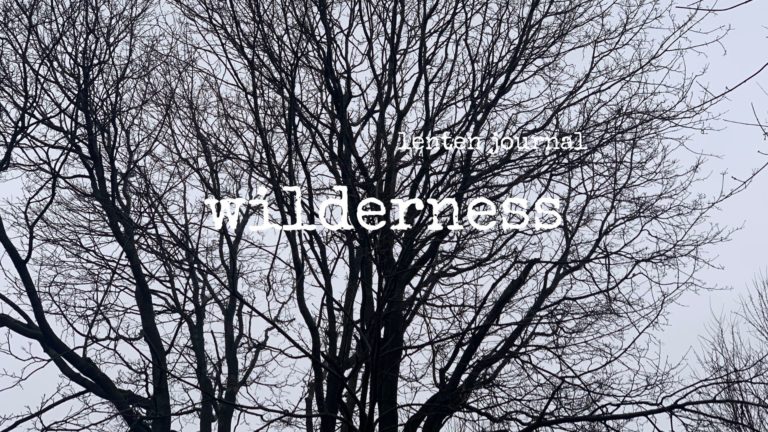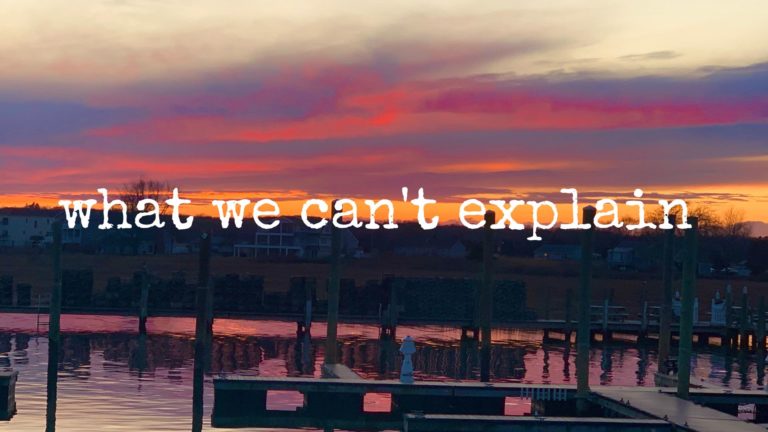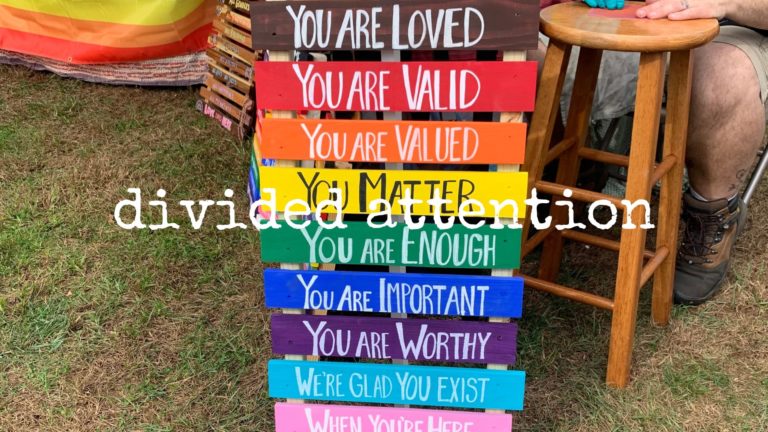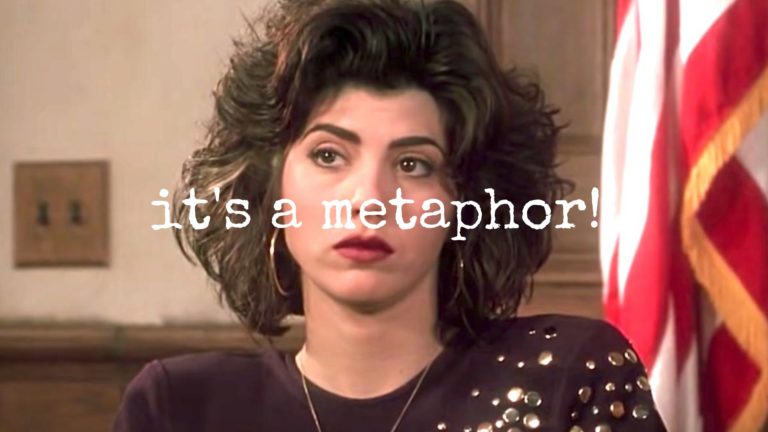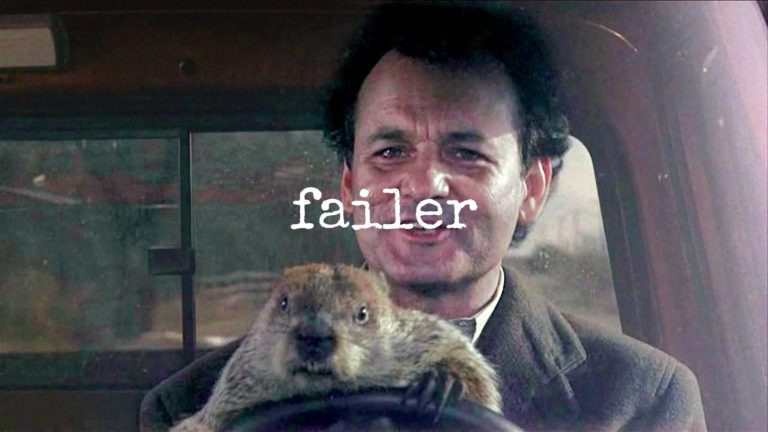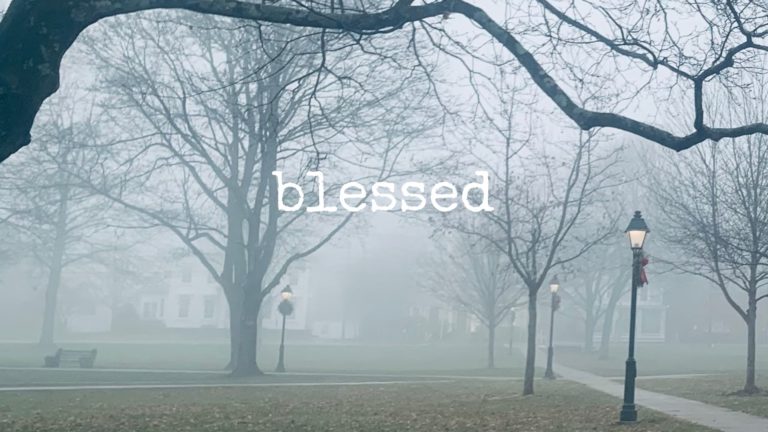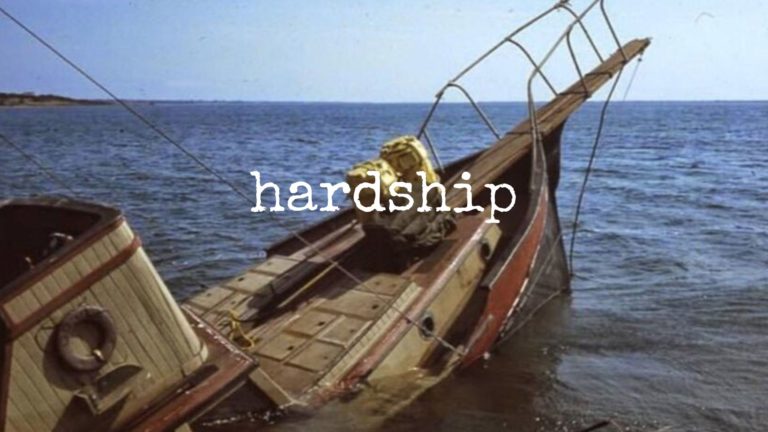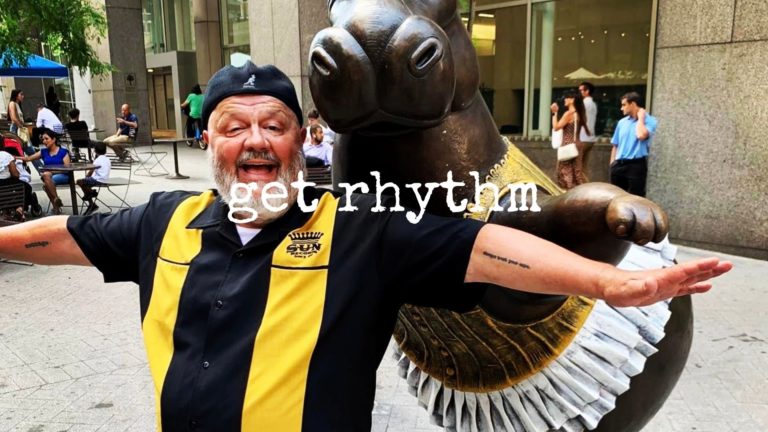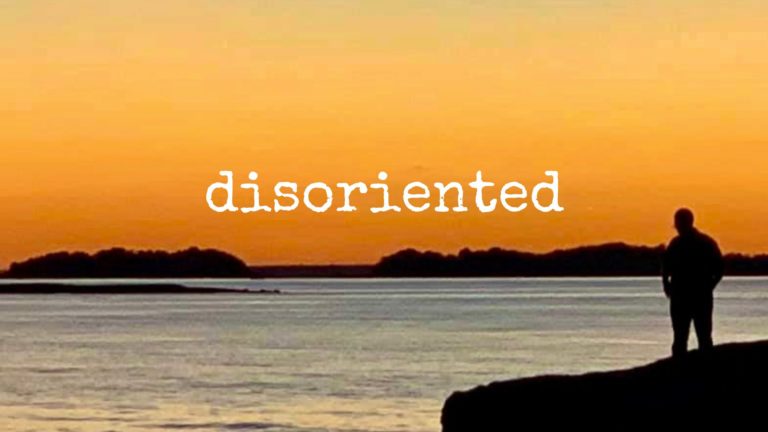I started a new interim today–actually a bridge interim, which means I am there to bridge between two stages of life for the congregation. The passage today was the Beatitudes. As I say in the sermon, a book, a conversation, and a movie gave me a new way to look at these familiar words.
_______________________________
I have been thinking this week about how to describe our passage for this morning and it strikes me that we might say it is “familiarly unfamiliar.” What I mean by that is we think we know what it means, but we would be hard pressed to actually describe it–sort of like the Second Law of Thermodynamics. I remember learning about it, so it is familiar, but ask me to nail it down and I couldn’t tell you if it is every reaction has an equal and opposite reaction, or things in motion stay in motion, or look both ways before you cross the street.
When we say we are going to talk about the Beatitudes from Jesus’ Sermon on the Mount, we could probably say that those are the verses that start with “blessed are,” and maybe even remember those who mourn, or the meek, or the peacemakers, but we might struggle after that. In addition, when we do read them, we let that word blessed go by like we understand it. Listen as we read them again this morning and see what you think that word means.
When Jesus saw the crowds, he went up the mountain, and after he sat down, his disciples came to him. And he began to speak and taught them, saying:
“Blessed are the poor in spirit, for theirs is the kingdom of heaven.
“Blessed are those who mourn, for they will be comforted.
“Blessed are the meek, for they will inherit the earth.
“Blessed are those who hunger and thirst for righteousness, for they will be filled.
“Blessed are the merciful, for they will receive mercy.
“Blessed are the pure in heart, for they will see God.
“Blessed are the peacemakers, for they will be called children of God.
“Blessed are those who are persecuted for the sake of righteousness, for theirs is the kingdom of heaven.
“Blessed are you when people revile you and persecute you and utter all kinds of evil against you falsely on my account. Rejoice and be glad, for your reward is great in heaven, for in the same way they persecuted the prophets who were before you.
“You are the salt of the earth, but if salt has lost its taste, how can its saltiness be restored? It is no longer good for anything but is thrown out and trampled under foot.
“You are the light of the world. A city built on a hill cannot be hid. People do not light a lamp and put it under the bushel basket; rather, they put it on the lamp stand, and it gives light to all in the house. In the same way, let your light shine before others, so that they may see your good works and give glory to God.” (Matthew 5:1-16 NRSVUE)
Blessed are the poor in spirit, those who are mourning, the meek, the merciful, the peacemakers; how can that word go in all those different directions and mean the same thing? What are we to make of what it means to be blessed?
Some translators use the word happy instead, but “happy are those who mourn” makes Jesus sound like he’s rattling off oxymorons–at least in the way we understand the word happy today. Some read the word blessing to mean a sign of God’s favor, sort of like the t-shirt I saw once that said, “Jesus loves you but I’m his favorite.” I’ve heard people talk about “the paradox of blessing,” meaning that being chosen by God is not always an easy thing. They use Mary, Jesus’ mother, as an example because she had the blessing of being his mother but that also meant she had to watch him be executed by the Romans.
But isn’t that the paradox of being human? Don’t most all of us lose those we love?
We have to be cautious as we talk about blessing because we bump up against the idea that suffering has a purpose, that we are supposed to learn something, which too easily becomes that God is trying to teach us something, and then we end up at everything happens for a reason, which means if we can’t figure out the reason then something is wrong with us.
To say those who mourn are blessed does not mean God won’t give us more than we can handle, or there is an explanation or a reason for our hardship. When we look back–when we remember what we have been through–we find meaning that might not have been apparent in the moment things were happening, but I’m not sure that is what Jesus was saying.
A book, a conversation and a movie helped me find a new understanding of our passage. The book is called Life is Hard by Kieran Setiya. It is full of good things, but I want to highlight one sentence and then ask you to keep it in your mind: ““Hardship is routinely hidden.”
Let me say it again. “Hardship is routinely hidden.”
In one of our conversations this week, Ginger, my wife, said she had finally realized I was always going to be depressed and she was able to stop feeling guilty about not being able to fix it.
I have lived with depression for most of my life, but I didn’t begin to figure that out until the fall of 2001 when a combination of choices and circumstance sent me into a free fall. I had no idea what was happening to me. I had never talked to anyone who had gone through what I was feeling. The way that Ginger loved me through those days is the main reason I am even standing here this morning. I didn’t expect her to fix it; I just needed her to be there.
As we were getting ready for church one Sunday–when things felt unbearably heavy to me–she said, “I have to ask you to do a hard thing this morning. I think you need to ask for prayer for yourself; I can’t do it for you.” When it came time for prayer requests, I stood up and said much what I just said to you and asked for prayers. At coffee hour, five people came up to me and said, “I had no idea we could talk about this out loud.” Hardship is routinely hidden.
Their words gave me a toehold: if I would tell people what was happening, I would be able to remember I was not alone.
And now–twenty-two years later–and we are still coming to new understandings of what my depression has meant in our lives. We have learned to love each other more deeply not because of the depression but because of our commitment to each other in the presence of my depression and all the rest that has made up our lives.
This weekend marks thirty-four years since the day we met. We went to the movie to celebrate–I mean, in the theater with popcorn and M&Ms. The movie we saw was A Man Called Otto. All I knew about it was Tom Hanks played what appeared to be a grumpy old man. What we learned early in the movie (without giving too much away) was part of his grumpiness came from grief: his wife, whom he loved dearly, had died six months earlier.
As the story unfolded, we got to know Otto and the folks who lived around him. In a way, they were a live action Beatitudes–they were mourners, meek ones, persecuted ones, people with pure hearts, peacemakers, merciful ones, along with a couple of other categories Jesus didn’t mention. And what they reminded each other was that the way we get through this life is to take care of each other.
Perhaps, then, one way we can read Jesus’ words is that he is saying,
This is how life is:
you are going to live with a wounded spirit;
you are going to mourn;
you are going to be humbled;
you are going to yearn for justice when it isn’t there;
you are going to be kind;
you are going to feel a singleness of purpose;
you are going to make peace around you;
you are going to be ridiculed for taking a stand.
And so is everyone else.
When you do these things together–when you share your stories and your burdens and whatever you have–you flavor the world; you make life worth living. You become a blessing.
From time to time, I hear people talking about “living their best lives,” and that usually means some sort of carefree existence. Jesus said that’s not our best life, in fact, life is not about comparisons; it’s just life, and we flourish–we find blessing, we live into the image of God that created us–when we engage whatever is happening, when we see our circumstances and experiences as means to offer help and to ask for it, as ways to connect, to flavor each other’s lives and the world around us.
Our verses this morning are part of a larger sermon that goes on for a total of three chapters in Matthew, and most of it has to do with how to treat one another, focusing on relationships rather than rules or doctrine. Jesus gives tangible examples of what it looks like to love our neighbor as ourselves, as well as how we learn to trust God that we ourselves are worth loving. We will look at parts of it over the next couple of weeks. For now, may we be people committed to speaking the truth in love, to not keepint the hard parts hidden, to listening with open hearts, offering help to one another, and asking for help even when we don’t feel like we are worth it. And if you don’t feel like you are worth it today, hear these words: you are wonderfully and uniquely created in the image of God and worthy to be loved, no matter the circumstances you face or the weight you carry. We are blessed because we are breathing. Amen.
